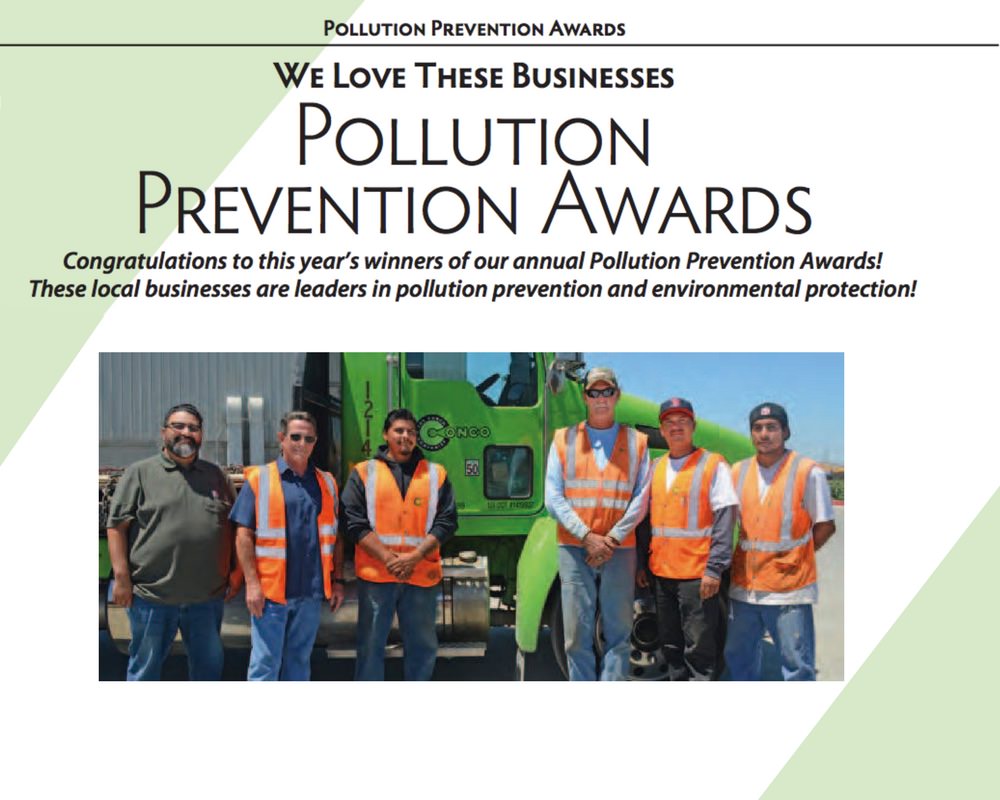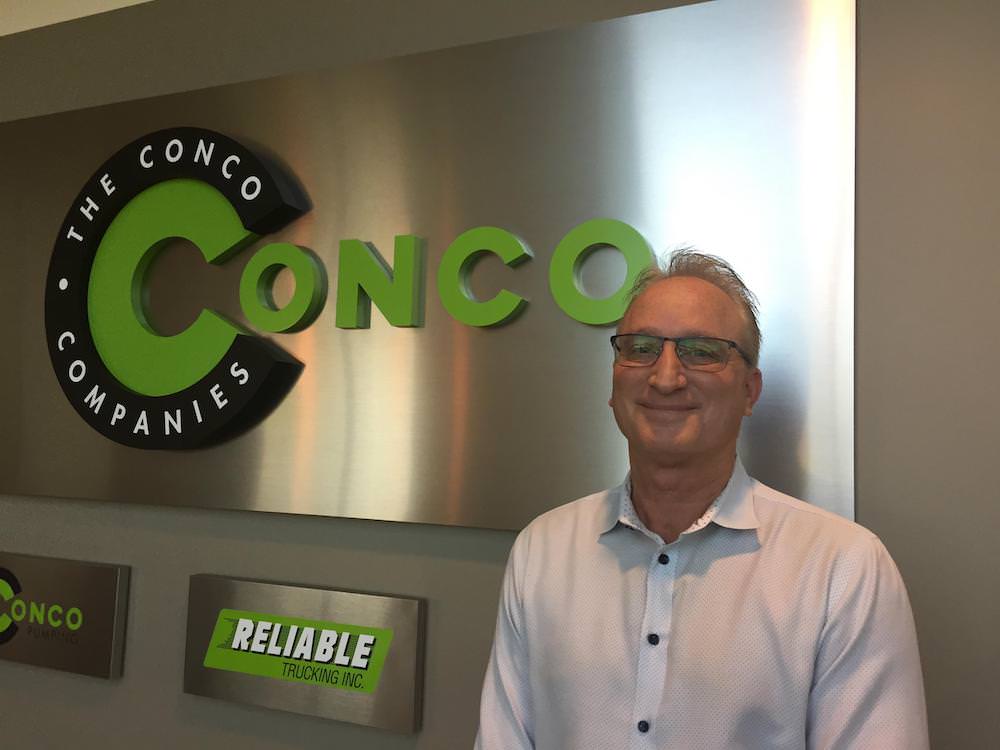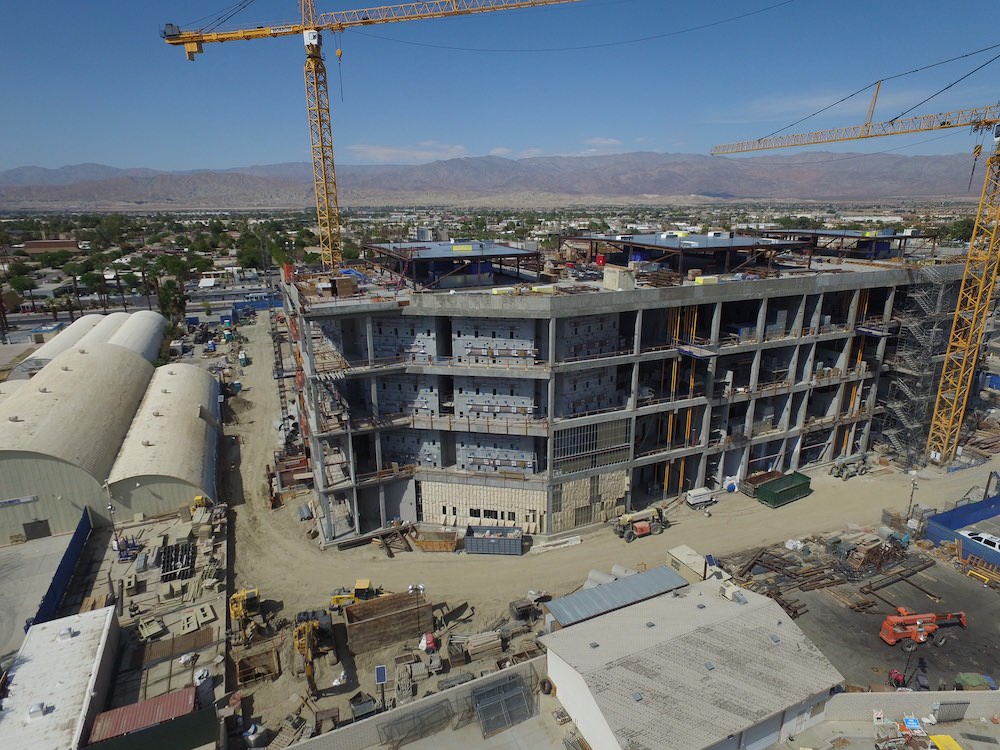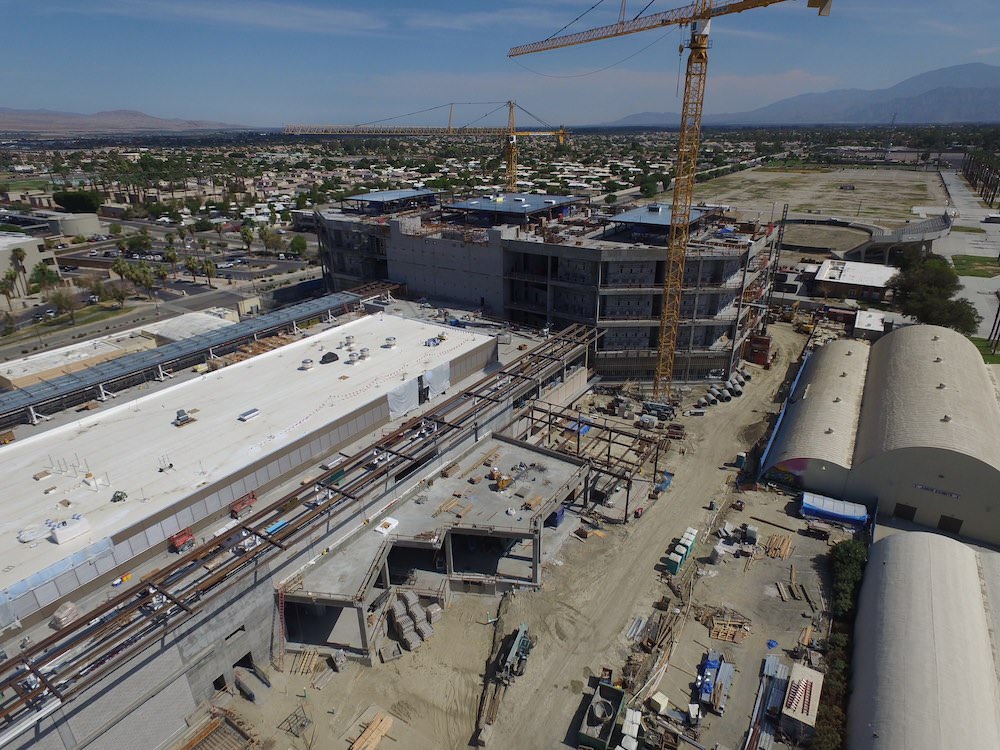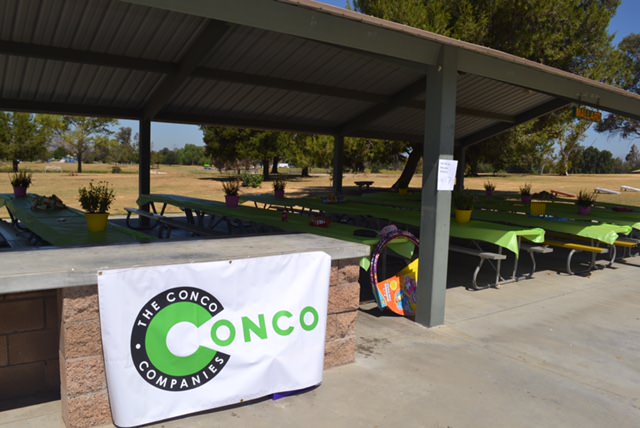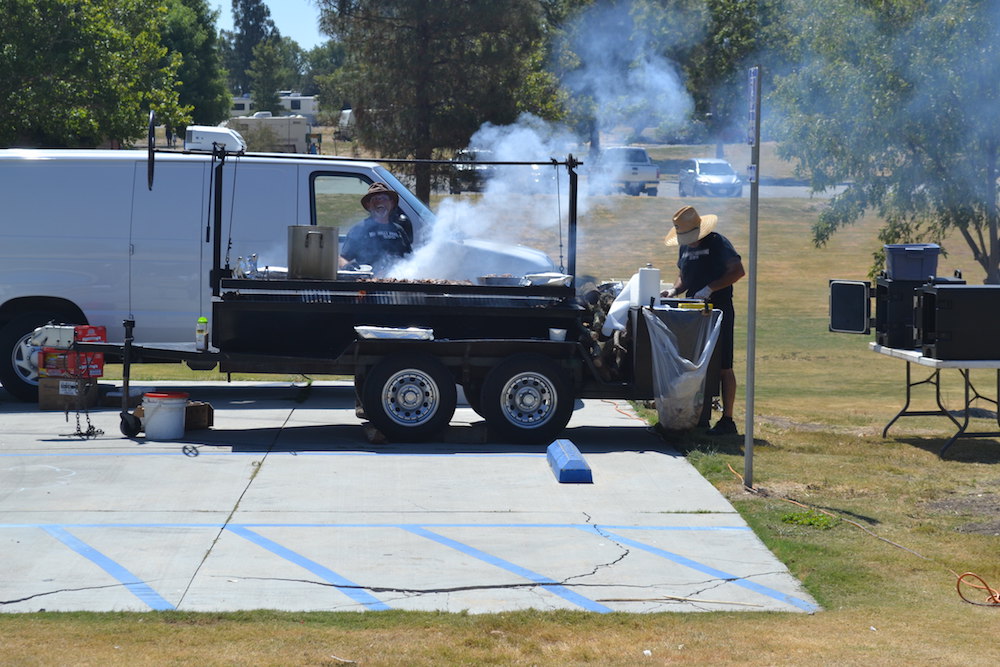Construction markets have heated up to levels not experienced for many years. In fact, in every market we do business in, The Conco Companies expect construction activity to be greater in 2017 than it was in 2016.
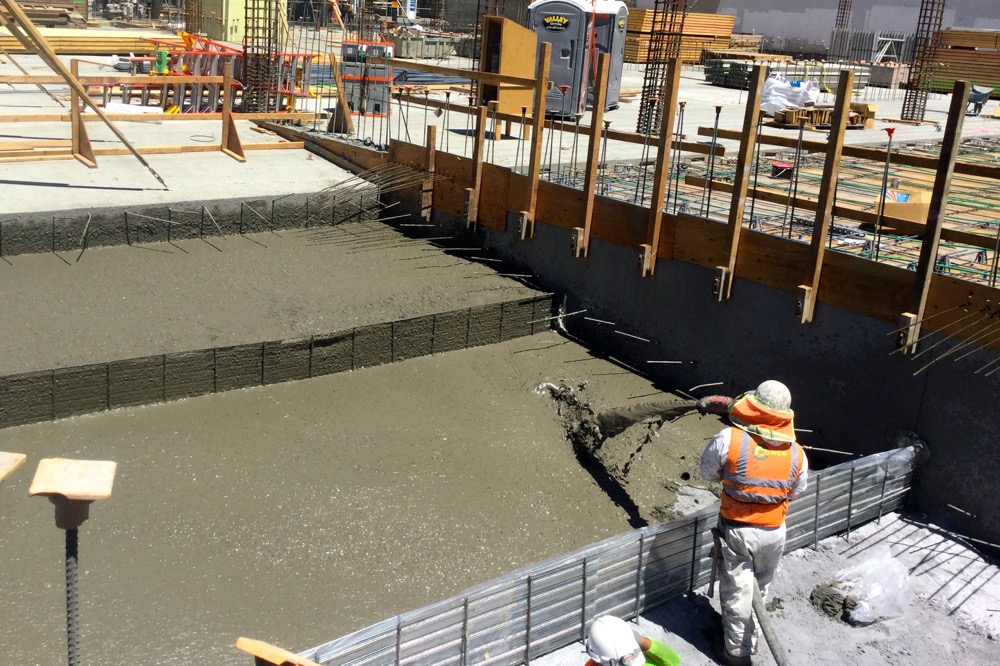
In Northern California, the increased business activity has been compressed over a shorter construction season due to the unprecedented amount of rain the area experienced during the first half of the year. This forced some projects to be pushed back while other jobs continued to be added to the backlog causing difficulties throughout the entire construction supply chain. As the rubber band is being stretched, structural challenges are being exposed that are not easily remedied.
Labor
Shortages of qualified workers are rampant throughout the industry. Many people do not perceive construction to be a glamorous or lucrative profession, which has greatly limited the pool of people drawn to the industry. This starts with the truck drivers that haul materials such as steel, aggregates, cement and ready-mixed concrete. Concrete producers tell us about trucks parked with no qualified drivers available or running out of raw materials due to a shortage of material haulers. The amount of people drawn to the trucking industry has dropped while the logistics created by an online shopping economy has increased the need for these valued professionals. As companies such as Amazon and Walmart are able to offer steadier work than the construction industry, the pool of qualified drivers is shrinking, making it increasingly difficult to attract drivers.
In addition to drivers, there is an industry-wide shortage of qualified cement masons, carpenters and ironworkers. As seasoned, experienced tradespeople retire, we have not been able to replace these folks at the levels required, and once again, must learn how to attract talent to our great industry.
Materials
Another problem involves the fact that the raw materials used to produce concrete are no longer in abundant supply. Twenty years ago, virtually all materials were produced locally. Now, all fly ash is railed in from coal-burning power plants outside of California, slag comes from Japan, and cement is imported from countries such as China and Korea. Even 30% of the aggregates used in concrete in the Bay Area are imported from British Columbia. Achieving a steady supply of concrete now not only depends on local trucks but on the railroads and international deep-water ships. Furthermore, the issue of raw material availability will most likely worsen in the future. Some examples of the dilemma are:
- Only one cement plant remains in operation in the Bay Area. This plant is under environmental pressure initiated by some members of its neighboring community who perceive the plant’s operation to be incompatible with the cities that have developed around it. This opposition is occurring even though the cement plant has been in existence for more than 100 years.
- Local reserves continue to be depleted and no replacement reserves are being added. The problem is further increased by the high cost of land combined with environmental opposition resulting in lengthy land approval delays. The time to permit a new deposit has been extended to an average of 7 – 10 years with no guarantee of success. In all three of Conco’s major markets (Northern California, Southern California and Seattle), the same scenario is playing out which begs the question: Where will aggregates come from in the future?
- Fly ash is a by-product of coal-burning power plants, and because the use of coal is being phased out for power plants, the availability of fly ash will shrink. Studies are currently being done to determine the feasibility of replacing fly ash generated from power plants with natural pozzolans. The replacement will inevitably transpire when the economics of doing so makes it a viable option.
Our industry and our economy depend on quality people and quality raw materials. At this point, both are in short supply. We must ask ourselves if this is just a result of an overheated construction market or a glimpse into what we can expect in the foreseeable future.


